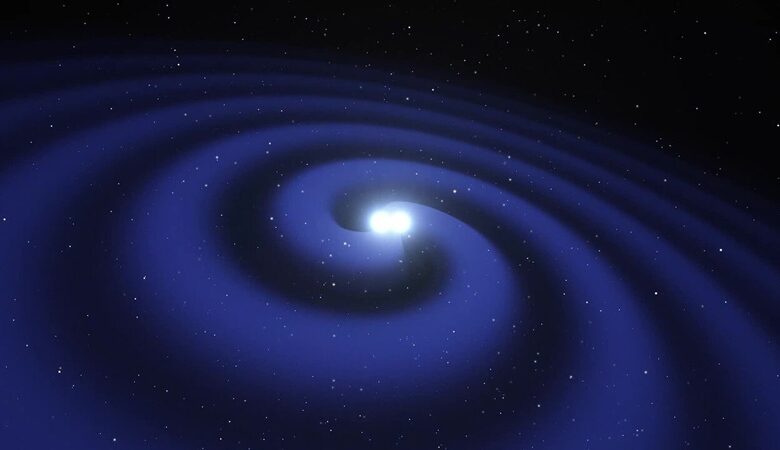Magnetic Fields Can Alter Neutron Star Merger Oscillations, New Study Shows
News Mania Desk / Piyal Chatterjee / 27th April 2025

A new study suggests that magnetic fields can significantly impact the oscillations of neutron stars after they merge. This finding could complicate the analysis of gravitational wave signals, which are key to understanding the internal structure of neutron stars.
Researchers from the University of Illinois Urbana-Champaign and the University of Valencia used advanced simulations to explore how different magnetic field strengths and configurations affect the oscillations of neutron stars following a merger. They discovered that strong magnetic fields could suppress or shift these oscillations, potentially leading to inaccurate interpretations of data.
Lead researcher Antonios Tsokaros noted that shifts in oscillation frequencies could cause scientists to wrongly attribute these signals to other phenomena, such as phase transitions or quark-hadron crossovers. In some cases, intense magnetic fields could even increase the likelihood of additional gravitational wave emissions.
The study also considered various equations of state for neutron stars and mass combinations to better model real-world scenarios. The results indicate that powerful magnetic fields could change the expected frequencies of the emitted signals, deviating from predictions made by current models.
Neutron stars, which are the remnants of massive stars that have collapsed, are so dense that even a teaspoon of their material would weigh billions of tons. Their properties are influenced by the equation of state and magnetic fields, which are far stronger than those produced in laboratory conditions.
The researchers highlighted the need to take magnetic field effects into account when analyzing neutron star mergers. They also stressed the importance of refining simulations as next-generation gravitational wave observatories, like the Einstein Telescope and Cosmic Explorer, are set to begin operations.






